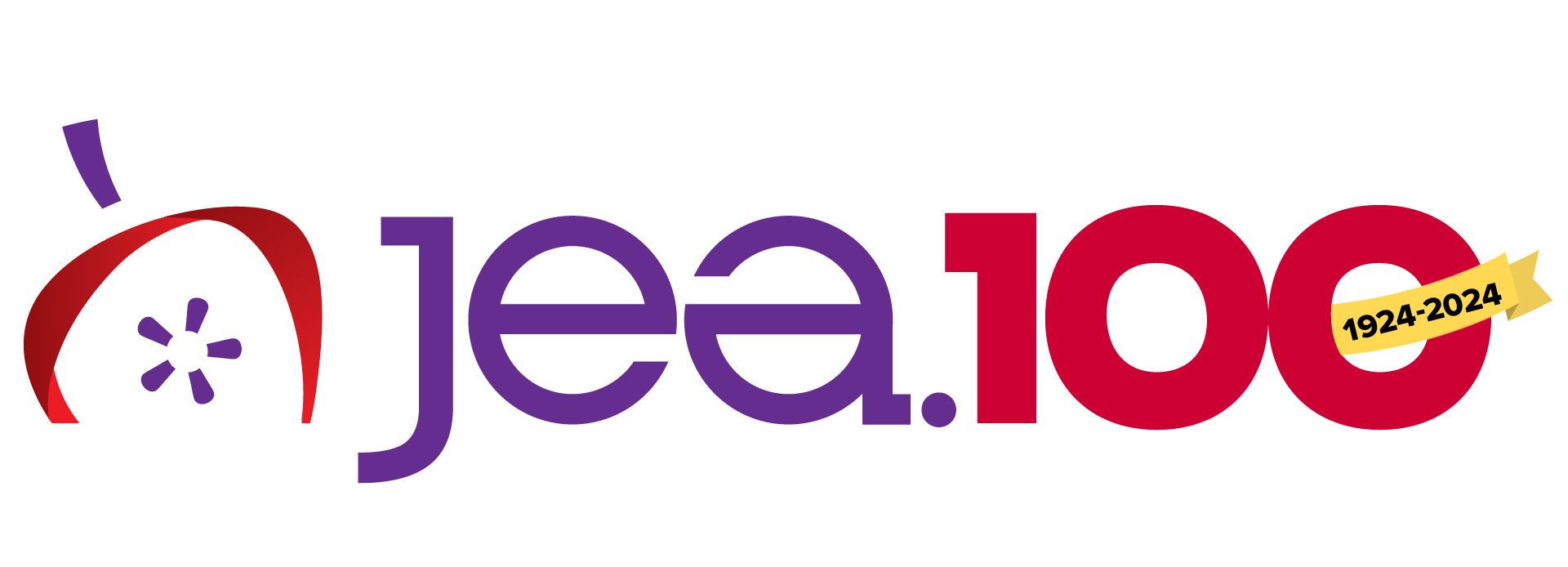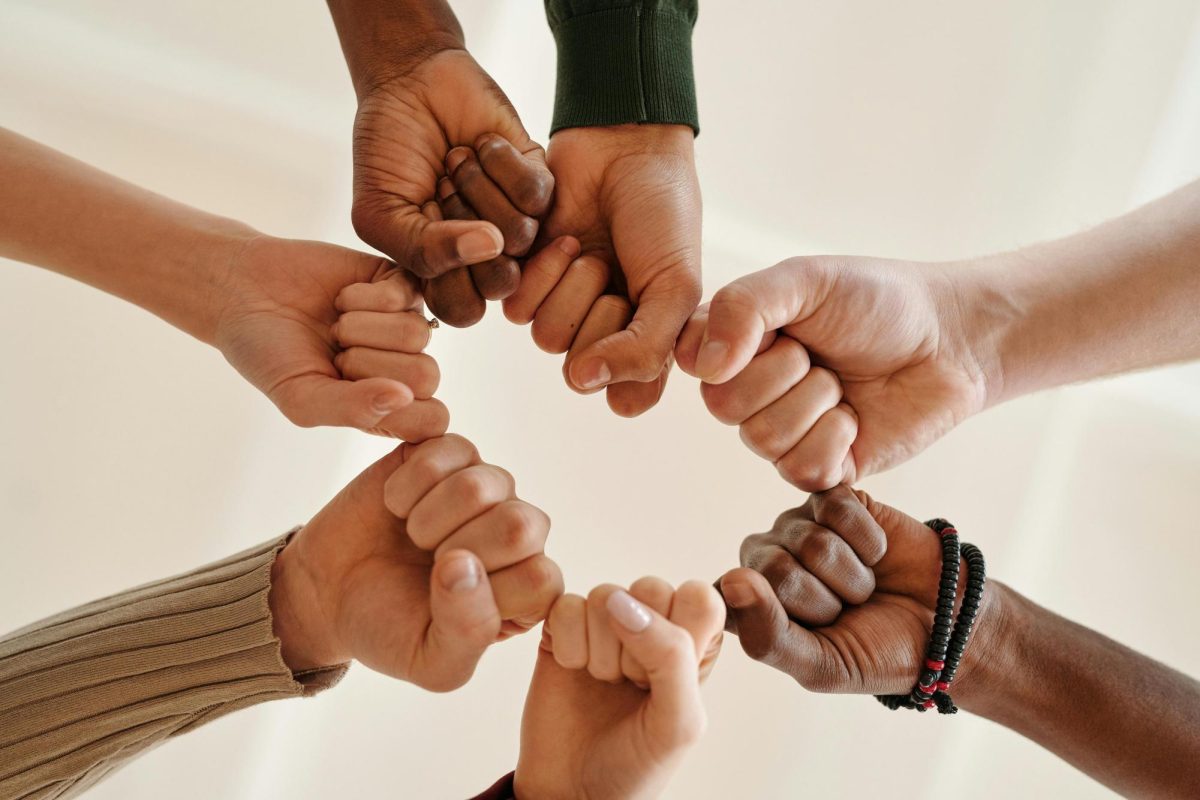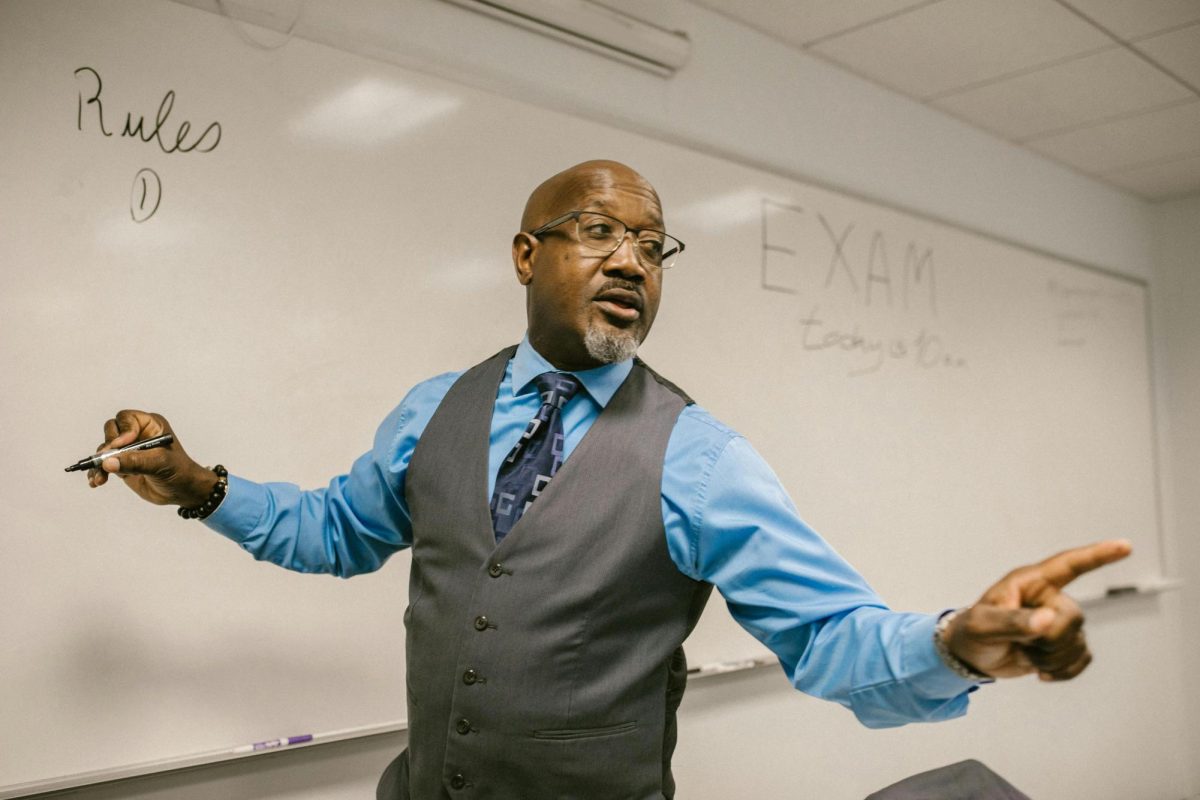Celebrate diversity in a multitude of ways! Check out these activities that can help you with everything from expanding your coverage to growing your staff.
Our 100 lists of 100
1. Take a free online course to understand the basics of Diversity, Equiity, Inclusion
2. As a staff, commit to holding yourselves and each other accountable for biases. Engage in respectful and honest discussions when encountering thoughts or actions that seem to come from a place of privilege. (Make sure you have a culture of trust and respect among your staff)
3. Conduct a diversity audit of your publications
4. Attend sessions at a national convention and earn the DEI Certificate
5. Create an intentional coverage plan to include more marginalized voices
6. Search in new places (or ways) to recruit new publications staff members
7. As an editorial board, draft a commitment to DEI and share it with your publications staff
8. After sharing your Commitment to DEI statement with your media staff, include it as part of your policy. Make sure it is also included on your website, if you have one
9. After establishing your staff Commitment to DEI, create ways to check on your progress and hold yourselves accountable as a staff. This might include regular staff surveys, audits of your coverage, documentation of training and how knowledge was implemented.
10. Report to your audiences regularly (perhaps once a semester? Once a year?) about your media staff’s efforts in holding up your Commitment to DEI.
11. Reach out to specialists in the building to brainstorm topics that include more voices from multilingual learners and/or students needing specific accommodations
12. Nominate your media program or adviser for JEA’s Diversity Award
13. Conduct a focus group of students who have not been represented as often in your media
14. Send staff representatives to club/affinity group meetings to learn more about who is in each group
15. As a staff, each member devote a week to meeting one student you don’t know each day. Make it a goal to meet someone who is different from you.
16. Look up your most recent school demographics and compare to visible coverage and who is quoted in your media
17. Meet with special education specialists in your building to brainstorm ways to bring forward more student voices from a variety of (dis)abilities (topics and strategies for covering)
18. Meet with language learning specialists in your building to identify resources for translation and for communicating effectively with multilingual learners
19. Check and edit your news site for accessibility (e.g. alt text on images, colors/contrast for visibility, clear words for screen readers)
20. Research and present on the history of journalism among communities different from your own (race, gender, sexuality, (dis)ability, etc.)
21. Engage in a “Humans of…” staff project focusing on people who have not been covered in your media
22. Invite school and district leaders to a conversation (in person or virtually) to discuss what their current efforts and concerns are regarding equity and inclusion
23. Have editors participate in a DEI book study (lists are available on Amazon and DEI-specific sites). Find ways to implement new learning in your media program
24. Look up style guides and suggestions from professional journalist organizations (e.g. NAHJ, NABJ, NLGJA, TJA, IJA, DJA, AAJA, SAJA). Adapt your publication style guide to provide more inclusive language in your coverage
25. Highlight your staff’s efforts by submitting a post to be included on JEA’s DEI page
26. Have a question? Ask the SPJ Race & Gender Hotline!
27. Write or produce a feature on inclusive materials and resources that are/aren’t available in your school/local library or media center
28. Editors: Use SPJ’s Diversity Toolbox as a resource to help train your staff
29. Check your implicit biases using tests developed by psychologists through Project Implicit. Use the results to discuss ways to counteract those biases in your reporting.
30. Identify a local issue impacting a marginalized group in your local community. Report on recent efforts and solutions to the problem(s) that local government has implemented
31. Team up with local community organizations to identify ways to cover topics that impact specific groups in your school
32. If your school has a significant representation in multilingual learners, consider adding coverage in languages that are represented.
33. Discuss your editorial leadership. Is there diverse representation?
34. Host social media takeovers from as many diverse perspectives / experiences as possible. Each person taking over should be from a different background / identity.
35. Survey your staff: Does each individual feel heard/seen regardless of background or life experience?
36. See what experiences are represented on your media staff by doing a Privilege Walk activity (Other versions: Opt. 1, Opt. 2). Discuss how these perspectives impact the stories that are included in your media and how they are covered
37. Create a list of cultural / religious celebrations that members of your staff honor in their lives. Learn about these celebrations and honor them as a staff.
38. Include transcripts for podcasts and captions for videos to provide access for deaf audiences
39. Present to school / district leaders on the importance of visible diversity in the media they produce and share to the community
40. Learn more about how diverse abilities encounter barriers to web accessibility
41. When covering Unified/special Olympics/Adapted events, intentionally focus on capturing images/video of participants engaging in the activity, not on help or accommodations they may receive from others
42. Create a form for people to voluntarily submit their chosen names and their pronouns so your staff knows how to properly cover them in your publications
43. If your publication has a weekly digest for subscribers, add a section highlighting diverse coverage
44. Report on businesses around your community owned by members of marginalized groups. Group the coverage by identity.
45. Report on how extracurricular activities are addressing barriers to access and inclusion for members of marginalized groups
46. Invite media professionals from diverse backgrounds to speak to your staff to learn about their experiences
47. Consider addressing an equity issue as your staff’s project to participate in 100 hours of service journalism
48. Foster gender inclusion by having media staff include their pronouns in their bios and email signatures
49. Invite affinity groups on your campus to contribute a column to your news publication
50. Research Tribal Nations with traditional and ancestral ties to the land your school occupies. Try to contact members of those Nations to learn more about their connection to the land your campus occupies.
51. Establish a mentoring program to pair younger students (middle / elementary school age) with journalism students at your school from the same backgrounds.
52. Improve transparency in reporting longer or more complex stories by including a “How we reported this” section at the end of the story
53. Each month, announce heritage and identity awareness months to your school along with providing information about the communities being celebrated
54. Team-building activities that deepen awareness and understanding with other staff members
55. Provide historical context when reporting on issues impacting specific communities
56. Use data journalism to uncover disparities and inequities within different communities.
57. Advocate for media literacy education in schools to help the public critically engage with diverse news sources. Consider writing letters to local, state and national politicians; or attending local government and school board meetings.
58. As a staff, actively participate in Scholastic Journalism Week and remind your community of the importance of your work in providing a platform for diverse voicees and experiences. The 2024 theme is “Here to Stay”
59. Consider applying (or renewing) as an entire school for the First Amendment Press Freedom Award. A free student press means all students have a way to feel heard in your community.
60. Apply for the Student Journalist Impact Award to recognize how your journalistic work has made an impact on the lives of others
61. Reporting on mental health has been on the rise. Examine mental health topics as they relate to marginalized communities (income level, household composition, race, religion, gender, orientation)
62. Meet with media staff from a different state or region. Share and provide feedback on each other’s DEI efforts.
63. Improve access to community resources by reporting on what is available in your surrounding neighborhood to help people facing different hurdles (health, food, financial assistance, housing, employment)
64. Identify and report on community resources that are difficult to access (too far, restricted hours, time-consuming, cost, etc.). Research how better access might help members of the community
65. Rewrite (or add) leadership roles. Have one or more editor be responsible for identfying and voicing concerns about inclusive coverage and language.
66. Advisers: Access and teach the Black journalism in America lesson from the JEA curriculum. Adapt to also teach the role of journalism in additional communities/identities
67. If your digital publication uses tags, add tags to identify topics of importance to specific communities
68. If your state does not have a New Voices law yet, join the movement to protect student press freedom. A free student press provides a platform for all voices to be seen and heard.
69. If your state has a New Voices law, educate your school and district leaders on your protected rights and how you use them to act as responsible and informed individuals in diverse communities
70. Newer Advisers: Apply for the Outreach Academy to attend at the next convention.
71. Advisers: Attend JEAai to gain more ideas and network with advisers from around the country
72. If your school or district has a published Land Acknowledgement statement, work to build a relationship with the local tribes
73. Yearbook staffs: Educate families from different cultures on the purpose and value of a yearbook
74. Launch a social media campaign to show off the faces of your school
75. Team up witth local media to cover pressing issues in your community
76. Gather candid photos showcasing the diversity in your school. Share the photos with your district’s communication/PR department to use on official media (be sure to receive credit for your work).
77. Share your staff’s DEI work with others by submitting a proposal to lead a session at a state or national convention
78. Looking to be Journalist of the Year? Be sure to include DEI work you have engaged in, either through coverage or through leadership.
79. Consider applying to participate in the Partner Project to help establish or strengthen your program
80. Never been to aa national convention? Remove some barriers to attending the NHSJC by applying for the First-time Convention Grant
81. Remove some barriers to attending the NHSJC by applying for a scholarship to cover registration (info on convention website)
82. Recognize strong work in DEI coverage by submitting for an NSPA Individual Award for Diversity, Equity, Inclusion
83. Share any awards earned for DEI work or coverage with your school and your community
84. In middle school? Submit work that highlights DEI work at your school or that includes a diverse range of sources for the Aspiring Young Journalist Award
85. Highlight the diversity in your halls by using the “We built this community” lesson in the JEA Curriculum
86. Launch a “Bring Someone Along” recruitment drive where each staff member finds one person who can add to the diversity of your staff. Host an information session at lunch where potential staff members can ask questions and get a sense of who is on staff
87. Check for biased language prior to publishing/posting. AI tools (such as ChatGPT) can help scan your written copy for such biased language or stereotypes.
88. If creating images using generative AI tools, be sure to add descriptions of diversity to include in the image
89. Study local and national news outlets to see how they are covering topics related to social justice and equity. What can you learn from what they do? What would you do differently?
90. Keep track of sources used for stories and the reasons why they are used. Check that sources are being included for reasons beyond simply forcing diversity into coverage.
91. Report more than just problems within diverse communities: Highlight positive contributions and achievements from diverse individuals and communities
92. Report more than just problems (part 2): Showcase positive examples of individuals and communities working towards positive change.
93. Publish a series of features (or perhaps a column) aimed at educating your audiences about stereotypes tied to specific communities and providing important context to help dispel those sterotypes
94. Report on the impact specific school or district policies have on specific communities. Look for over- / underrepresentation of specific identities impacted or unintentional consequences affecting certain individuals
95. Follow the money: Look at how different programs or initiatives are funded. Who is benefitting? Who is being left out?
96. As an added layer to your coverage, use social media or other platforms to engage the community in conversations, ask questions, and seek input on various issues.
97. Host a community Story Circle to bring people together and allow them to share their experiences with one another.
98. Identify and spotlight local professionals and political figures who share similar backgrounds and identities with student from underrepresented communities at your school
99. Start a podcast that brings together several students from diverse identities to discuss their perspectives on topics that impact them (e.g. tardy policies, experience with healthcare, working while being in school). Focus on one topic per episode.
100. Learn more about how different cultures tell stories. Try to incorporate some of those elements into your own stories.








